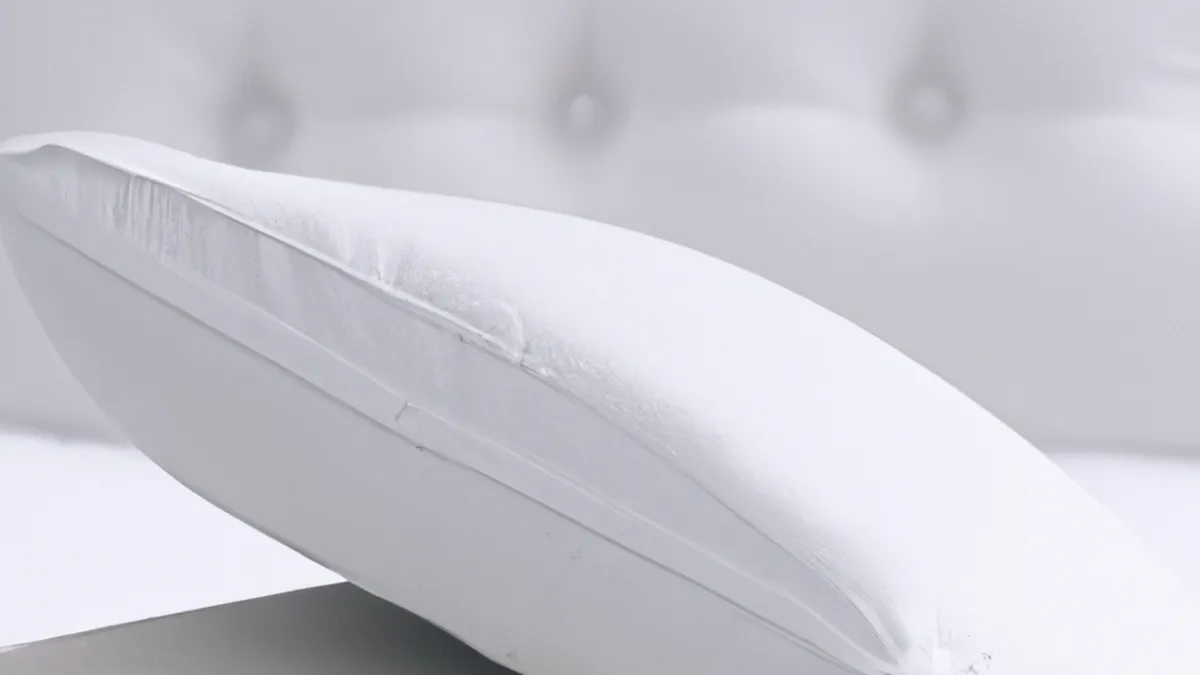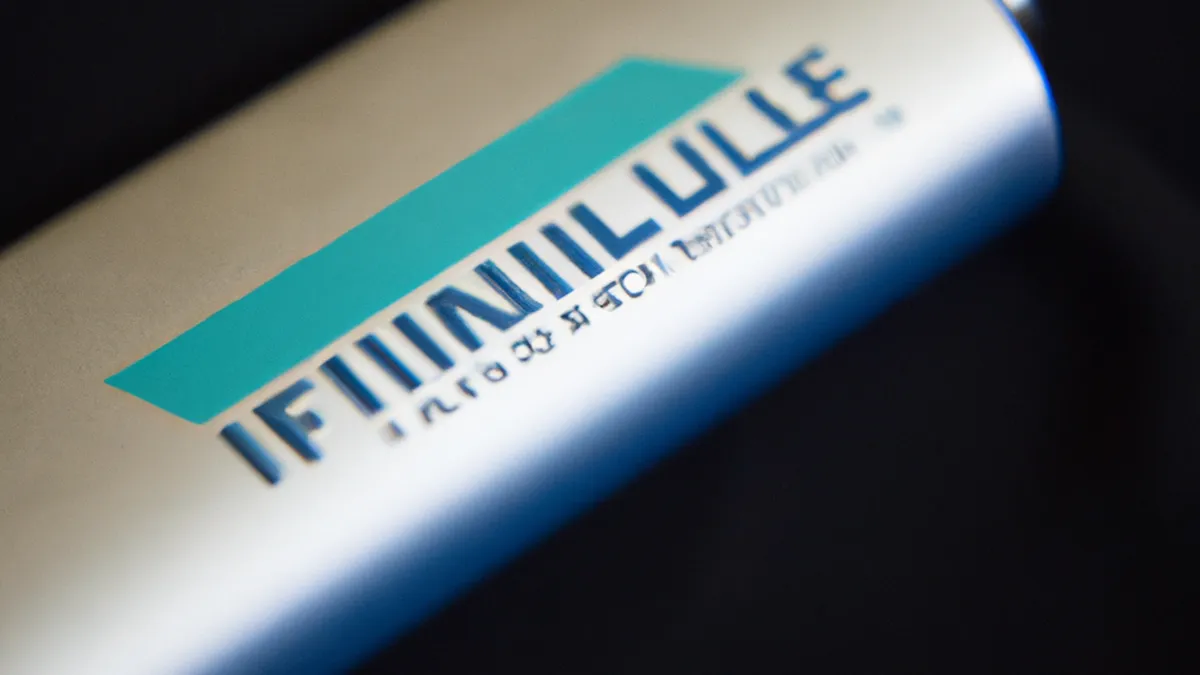Seek Comfort Without Triggering Allergies
The Impact of Mattress and Pillow Choices on Seasonal Allergies
Seasonal allergies can ruin a beautiful spring day. Pollen-filled air causes itchy eyes, runny noses, and sneezing. Many people overlook how their mattress and pillows affect allergy severity. Choosing the right bedding helps you breathe easier and improves sleep quality. Let’s explore how bedding choices impact seasonal allergies and provide tips for an allergy-friendly sleep environment.
Understanding Allergens in Bedding
Bedding acts as a sanctuary for allergens that worsen seasonal allergies. Dust mites thrive in warm, humid conditions, often infesting mattresses and pillows. They consume dead skin flakes from humans and animals, creating an ideal habitat. Mold can also develop in damp bedding materials if not properly maintained. Pet dander complicates matters for allergy sufferers, even from pets that don’t sleep in beds.
Common Allergens Found in Bedding
1. **Dust Mites**: These tiny creatures cause many indoor allergies. They reproduce quickly and infest traditional spring mattresses and older pillows.
2. **Mold Spores**: Humid climates or poorly ventilated rooms allow mold to flourish in bedding. Mold spores trigger allergic reactions, causing coughing, sneezing, and asthma attacks.
3. **Pet Dander**: Pet owners find dander from cats and dogs accumulating in bedding. Dander transfers from clothing, furniture, and the air, even from pets outside the bed.
The Role of Mattress Material
Mattress material affects allergen accumulation significantly. Some materials resist allergens better than others.
– **Memory Foam**: This dense material resists dust mites by avoiding warm, humid environments. It often lasts longer, reducing replacement needs.
– **Latex Mattresses**: Natural latex resists dust mites and mold, providing a healthier choice for allergy sufferers. Latex mattresses also promote breathability, regulating temperature and moisture.
– **Traditional Spring Mattresses**: These mattresses usually favor allergens. Coils create pockets that trap dust and moisture, enabling dust mites and mold to thrive.
Tips for Choosing Allergy-Friendly Bedding
Make informed bedding choices to reduce allergens in your bedroom. Consider these actionable tips when selecting your mattress and pillows:
Conclusion
In summary, your bedding choices directly impact seasonal allergies. Select allergy-friendly materials to improve your sleep and health.
Below are related products based on this post:
FAQ
How do mattresses and pillows contribute to seasonal allergies?
Bedding can harbor allergens such as dust mites, mold spores, and pet dander, all of which can exacerbate seasonal allergies. Dust mites thrive in warm, humid environments found in traditional mattresses and pillows, while mold can develop in damp materials. Pet dander can also accumulate in bedding, even from pets that don’t sleep on the bed.
What types of mattress materials are best for allergy sufferers?
Memory foam and natural latex mattresses are the best choices for allergy sufferers. Memory foam resists dust mites and typically lasts longer, reducing the need for frequent replacement. Natural latex is also resistant to dust mites and mold, while promoting breathability to help regulate temperature and moisture.
What steps can I take to create an allergy-friendly sleep environment?
To create an allergy-friendly sleep environment, choose bedding made from hypoallergenic materials, regularly wash your bedding in hot water, and consider using mattress and pillow encasements to protect against allergens. Keeping your bedroom well-ventilated and dust-free can also help reduce allergen accumulation.















Post Comment